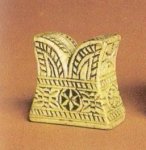Earliest Oriental chessmen
Earliest extant Chess pieces have been found in Orient, a term to be understood in its broader sense: Central Asia, Persia, India, Mesopotamia, Near East, ...
Several isolated elder pieces are known but their identification with Chess pieces remains subject of caution. They are displayed here.
Figurative sets:
|
|
|||
|
|
|||
|
|
|||
|
|
|
||
|
|
|||
|
|
|||
|
|
|||
|
|
|||
|
|
|||
|
This object has been found by Albert von Le Coq in ruin K in Gaochang (=Chotscho) (see http://en.wikipedia.org/wiki/Gaochang) and reported in his account "Koeniglich Preussische Turfan-Expeditionen" published in 1913. (check for pages 217 & 218). Gaochang is an ancient oasis of the Silk Road, 30km southeast of modern Turpan in Xinjiang, today in China. Along with that piece was found a Xiangqi Pao ! See it there. This was an active Buddhist place from 5 to 7th centuries. |
|||
|
|
|
|
|
|
|
Abstract sets:
|
|
|
|
|
Rook, Western
Islamic Lands, 7th-8th c., ivory, Pfeifer Fund,
The Metropolitan
Museum Of Art |
||
|
|
||
|
|
|
|
|
|
Chess Pawn (?),
Western Islamic Lands, glass, 8th-11th c.,
Pfeiffer Fund, |
|||
|
|
|
|
|
|
|
|
|
|
|
|
Nishapur pieces,
Tepe Madrasa, Iran, beg. 9th century |
|
|
|






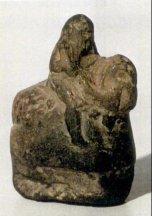
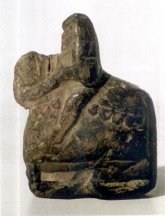
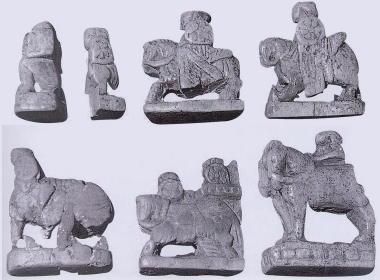
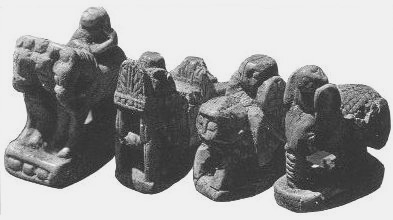
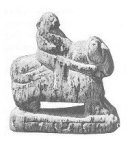
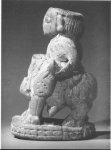















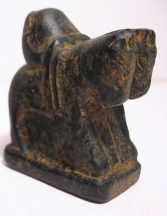






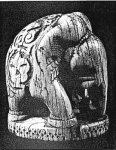






-r.jpg)

-r.jpg)













